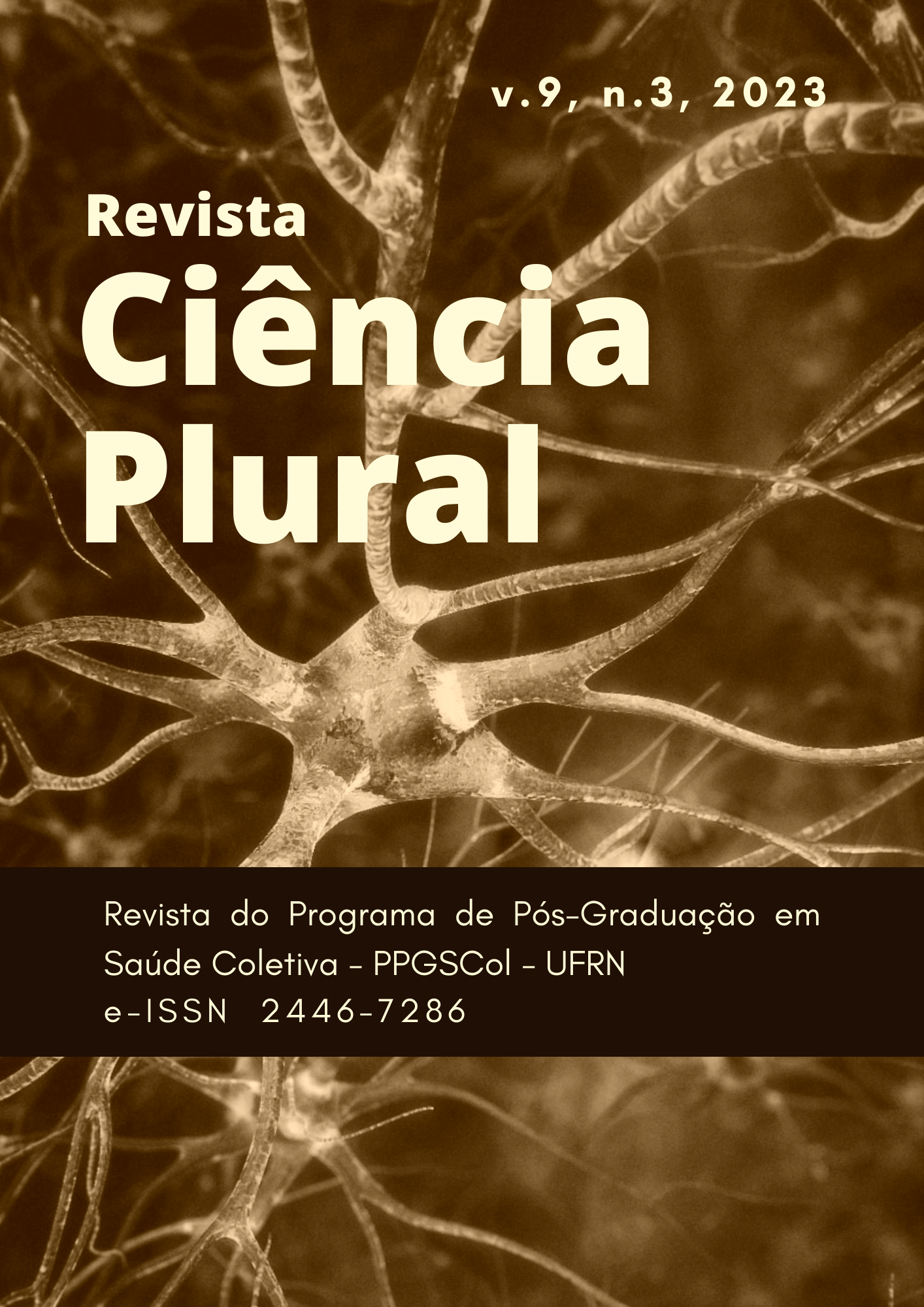Vaccination coverage and abandonment rate in Northeastern Brazilian capitals between 2018 and 2022
DOI:
https://doi.org/10.21680/2446-7286.2023v9n3ID31547Abstract
Introduction: The National Immunization Program (PNI), created in 1973, coordinates the immunization process in the population and makes it more effective. The PNI offers all vaccines recommended by the World Health Organization, as well as vaccination campaigns and special immunobiologicals, following the vaccination schedules for the population groups. Primary Health Care is essential to achieve effective vaccination coverage, but it faces problems such as internet inaccessibility and lack of supply of immunizers, which hinder data recording and the expansion of vaccination coverage. Objective: analyze the indicators of Vaccination Coverage and Abandonment Rate in the Northeastern capitals in the last five years. Methodology: Epidemiological, quantitative, and descriptive study. The nine capitals of the Northeast of Brazil were selected for the study. The theme addressed is the Vaccine Abandonment Rate (TAV) and Vaccine Coverage (CV) in the last five years in the capitals. Data were collected through the DATASUS platform and stored in Microsoft Excel. Results: Fortaleza had the highest CV with 74.87%, with its highest coverage in 2018 with 94.60%. Maceió had the second highest CV at 66.12%, with a decrease in 2021 to 62.14%. Conclusions: Fortaleza was found to have the highest CV and Salvador had the highest TAV. Some capitals had a reduction in CV and increase in TAV during the pandemic period, indicating the need for further research on the impact of Covid-19 and the circulation of misinformation about vaccination. Therefore, the role of primary health care is crucial to reverse this trend, working on the implementation of immunization campaigns and health education.
Downloads
Downloads
Published
How to Cite
Issue
Section
License
Copyright (c) 2023 Revista Ciência Plural

This work is licensed under a Creative Commons Attribution-NonCommercial-ShareAlike 4.0 International License.
À Revista Ciência Plural ficam reservados os direitos autorais referente a todos os artigos publicados.

 Português (Brasil)
Português (Brasil) English
English Español (España)
Español (España)













